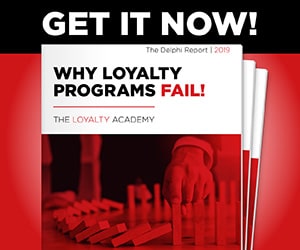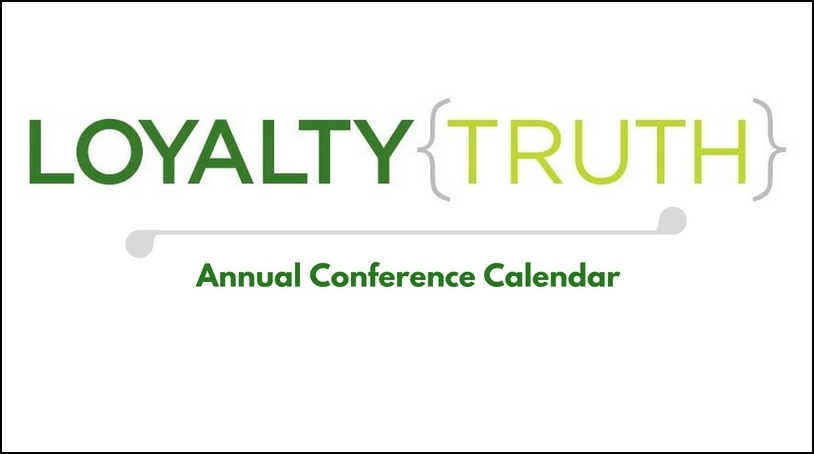If you’re following the gamification industry, you probably know that Badgeville, BigDoor, and Bunchball are the three leading players at the moment. Each company is positioning itself with a unique message and approaching potential clients with its own version of how the future will unfold. From an investor standpoint, Badgeville has raised the most funding (> $12 Million to date), while Bunchball (> $6.5 Million) was solidly in second position until the recent announcement by BigDoor that it had nearly matched with a $5 Million raise.
The good news for each of the competitors is that the size of the gamification market, based on research by M2 released last fall, is projected to grow over the next 4 years from $100 million to as much as $2.8 billion by 2016. The M2 research also pointed out that leading vendors report that customer engagement, brand loyalty, and brand awareness are the top 3 goals of their installed client base to date.
If you agree with our perspective as to what is needed to transition legacy loyalty programs into a social model that incorporates digital channels and recasts the meaning of “rewards”, then you understand that loyalty strategy has to be designed to meet the needs of customers across an entire lifecycle of brand interactions. Given that customer engagement is a natural predecessor to customer loyalty, the wisdom of applying game theory to drive engagement is easy to understand.
The debate over how to extend the effect of game theory beyond engagement to create longer term loyalty is the subject of debate in marketing circles. Strong voices are challenging the ability of game theory to translate into tangible behavior shifts (will earning a badge or status in a community make me buy more from that brand?) while the forces driving the game companies are heads-down running programs and gathering case study data to prove their point.
BigDoor co-founder and CEO Keith Smith stated recently that results from a test of the company’s new platform among 25 clients returned an average increase of 153% in user loyalty and 672% in engagement. “We measure all steps of the user lifecycle” stated Smith in the interview, and “We track it back to the user’s performance.”
In this new world of Social Loyalty, Smith chooses to track metrics that are more familiar as web and e-commerce statistics than traditional loyalty measures.
- How often are people registering?
- How often are they coming back?
- Are they inviting their friends?
- Are there referrals?
- What’s the revenue on a per-user basis?
Of this list, only the per-user revenue measure was a familiar one to most loyalty marketers. But before you dismiss the rest of the list, think about the results of the study just published by Sociable Labs which found 62% of online shoppers are active in “social sharing”, i.e. they have read product-related comments from their friends on Facebook. About 75% of these shoppers have clicked on the product link in their friend’s Facebook post, taking them to the product page on the retailer’s website. Best of all, 53% of those who clicked the link made a purchase. Using a derivative calculation, this means about 24.6% of all online shoppers are making a purchase based on what they read about their friend’s shopping activity on Facebook.
Suddenly the reason for all the excitement about game theory being applied to loyalty marketing is coming into focus. Rick Ferguson, the VP Knowledge Development with Aimia, recently shared some thoughts with me that loyalty programs are best suited to “connect the dots” in the loyalty cycle. In the process, brands can turn the total of product reviews, social sharing, price comparison, tweet mentions and other measures to gain a comprehensive view of the customer both online and offline. Considering these interactions as data points – actually transactions – was a stirring thought that Rick shared with me and intersects directly with the results of the study by Sociable Labs.
For Consumer 2.0, shopping is a game, one that is shared with friends. Embracing game theory to drive familiar results from a loyalty program might draw skepticism from some, but if there was ever a time to observe the behaviors and preferences of our customer base to break new ground, it is today.
The “One Big Reason” why game theory will drive customer loyalty? The customer, of course!
Maybe it’s finally time to say “Game on”.




